BGS data supports new tool to track geological changes in abandoned coal mines
BGS data supports new tool to track geological changes in abandoned coal mines.
20/11/2020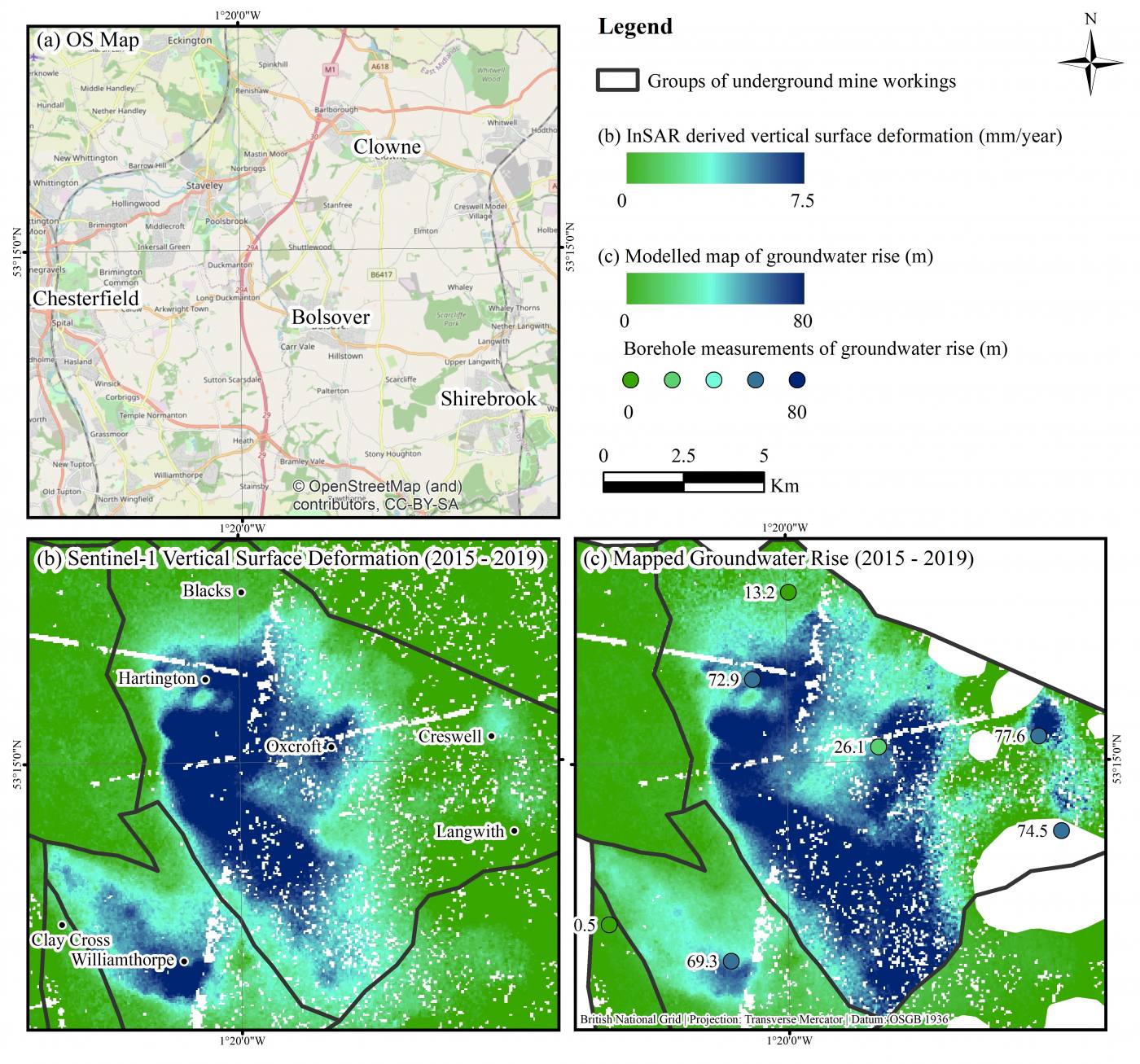
BGS is part of a multi-disciplinary team led by the University of Nottingham to develop a remote monitoring tool designed to help authorities manage public safety and environmental issues in recently abandoned coal mines.
The tool uses satellite radar imagery to capture millimeter-scale measurements of changes in terrain height. These measurements, when integrated with geological process models, can be used to monitor and forecast groundwater levels and changes in geological conditions deep below the earth’s surface in former mining areas. Ultimately this can help forecast where surface discharge of mine water may occur.
The study uses an advanced InSAR technique, called Intermittent Small Baseline Subset (ISBAS), developed by the University of Nottingham and Terra Motion Ltd and uses geological data provided by the BGS.
The method has been implemented over Nottinghamshire coalfields and the findings published in a paper ‘Modelling groundwater rebound in recently abandoned coalfields using DInSAR’ in the journal Remote Sensing of the Environment.
The team hopes to integrate results into an existing screening tool developed by the Environment Agency and Coal Authority to help local planning authorities, developers and consultants design sustainable drainage systems in coalfield areas, with potential to be scaled to coalfields across the UK.
The research was led by University of Nottingham PhD, David Gee and funded by the GeoEnergy Research Centre and Terra Motion Limited. ENVISAT and Sentinel-1 SAR data were provided by the European Space Agency with geological data by BGS and hydrogeological data by the Coal Authority.
Luke Bateson and Alessandro Novellino from the BGS Earth Observation and Geodesy capability have supported the geological interpretation and modelling of the InSAR results.
Read the full story on the University of Nottingham website
You can read more about the Interferometric Synthetic Aperture Radar (InSAR) technique from BGS Remote Sensing Geologist, Alessandro Novellino in ‘Mapping Ground Deformation from Space’, on the British Geological Survey blog.

Luke Bateson
Acting head of shallow geohazards and Earth observation; head of geodesy and remote sensing (Keyworth)

Dr Alessandro Novellino
Remote sensing geoscientist
Relative topics
Related news
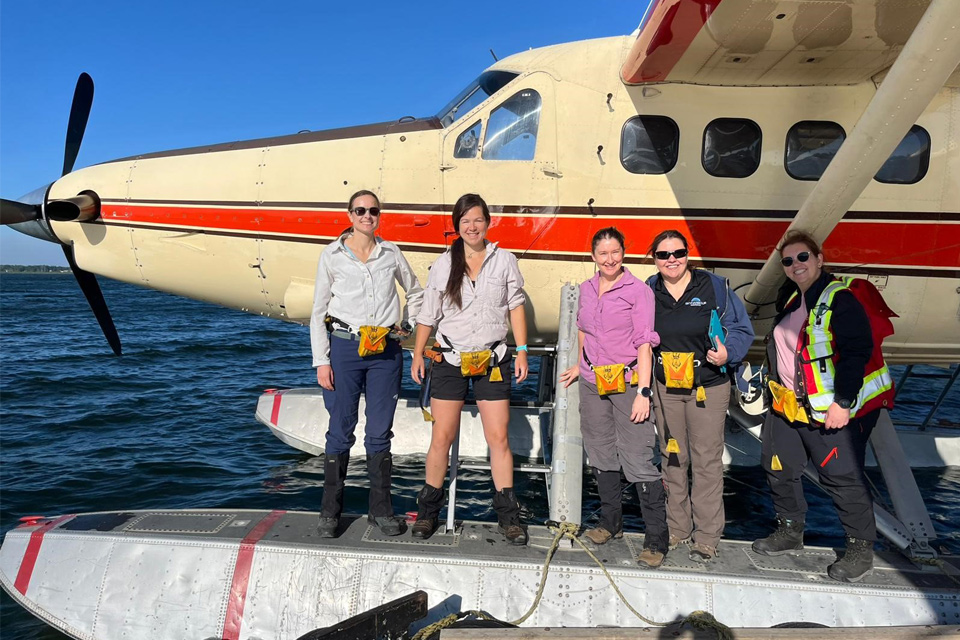
Funding awarded to UK/Canadian critical mineral research projects
08/07/2025
BGS is part of a groundbreaking science partnership aiming to improve critical minerals mining and supply chains.
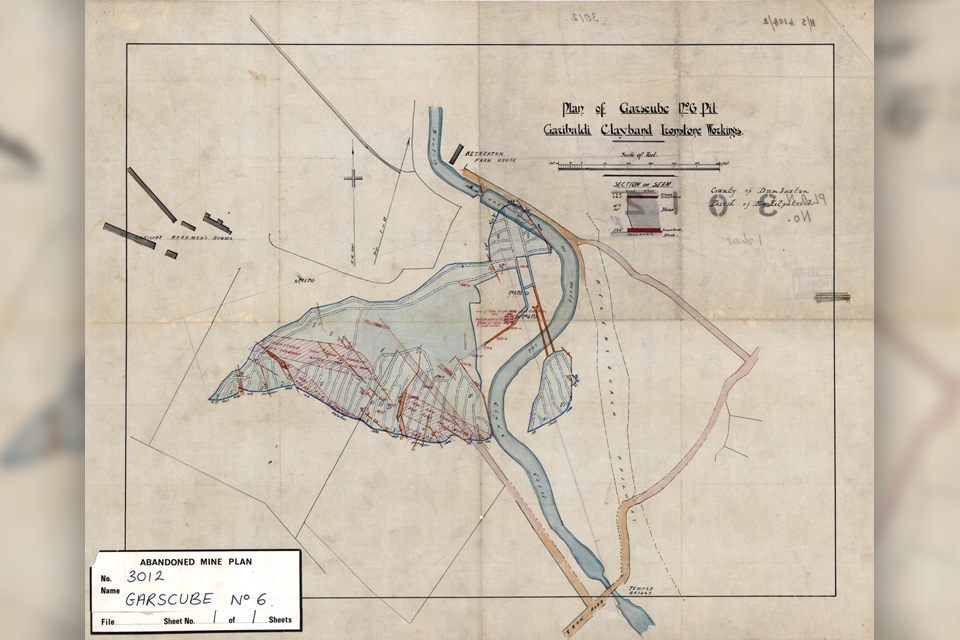
Release of over 500 Scottish abandoned-mine plans
24/06/2025
The historical plans cover non-coal mines that were abandoned pre-1980 and are available through BGS’s plans viewer.
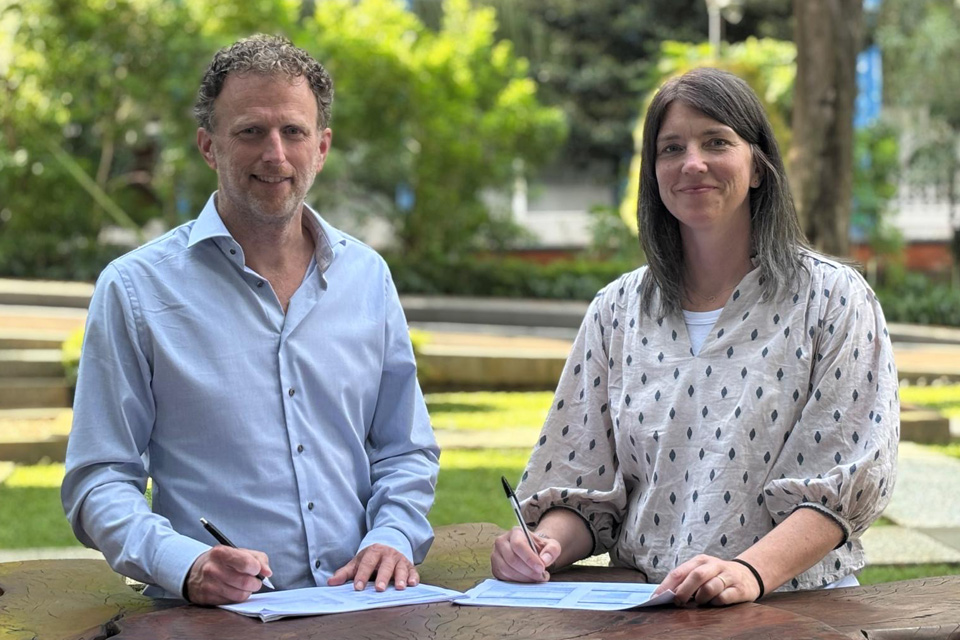
New collaboration aims to improve availability of real-time hazard impact data
19/06/2025
BGS has signed a memorandum of understanding with FloodTags to collaborate on the use of large language models to improve real-time monitoring of geological hazards and their impacts.

Modern pesticides found in UK rivers could pose risk to aquatic life
17/06/2025
New research shows that modern pesticides used in agriculture and veterinary medicines have been found for the first time in English rivers.

Goldilocks zones: ‘geological super regions’ set to drive annual £40 billion investment in jobs and economic growth
10/06/2025
Eight UK regions identified as ‘just right’ in terms of geological conditions to drive the country’s net zero energy ambitions.
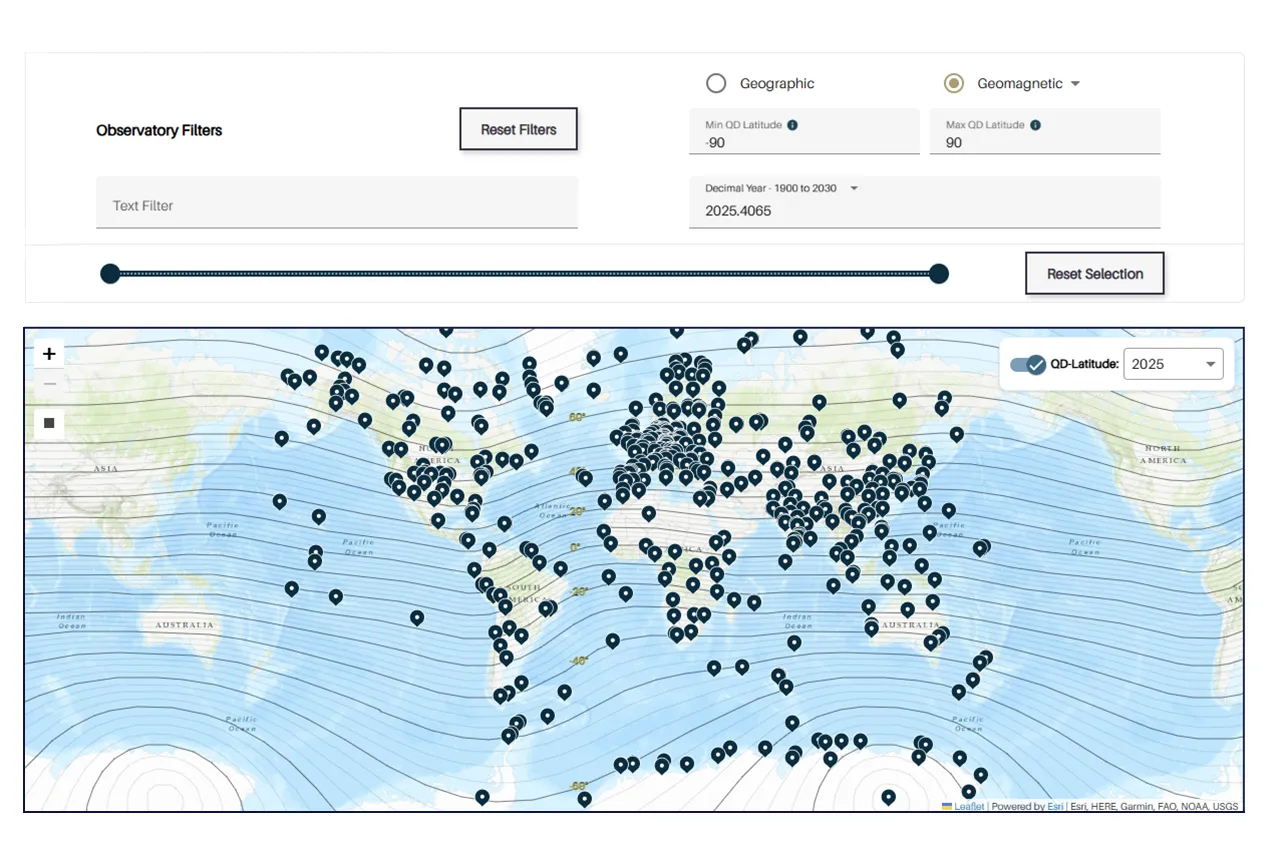
Upgraded web portal improves access to geomagnetism data
02/06/2025
BGS’s geomagnetism portal, which holds data for over 570 observatories across the world, has received a significant update.
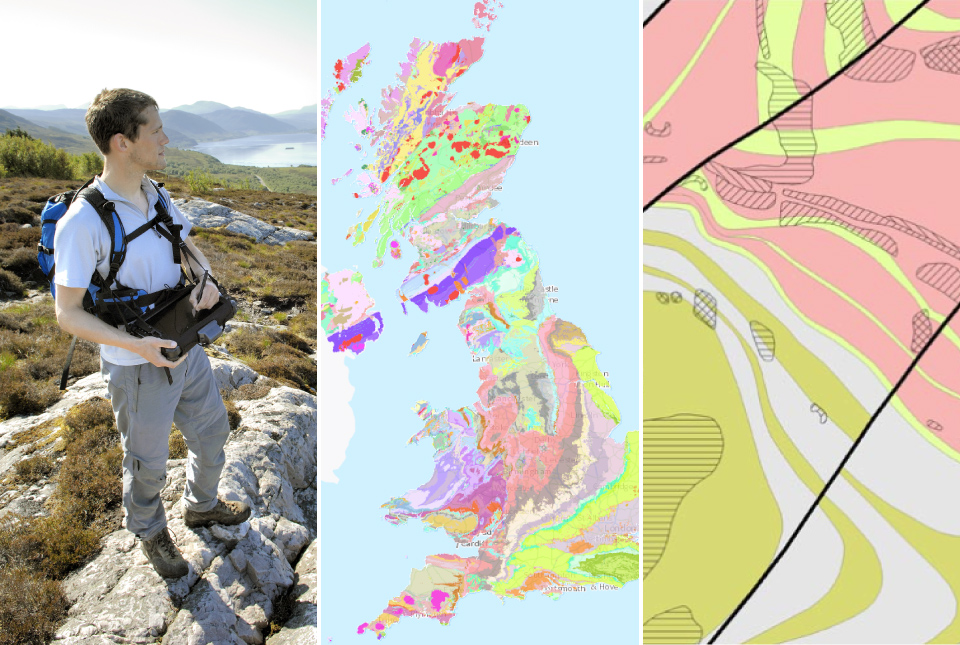
BGS digital geology maps: we want your feedback
29/05/2025
BGS is asking for user feedback on its digital geological map datasets to improve data content and delivery.

What is the impact of drought on temperate soils?
22/05/2025
A new BGS review pulls together key information on the impact of drought on temperate soils and the further research needed to fully understand it.

UK Minerals Yearbook 2024 released
21/05/2025
The annual publication provides essential information about the production, consumption and trade of UK minerals up to 2024.
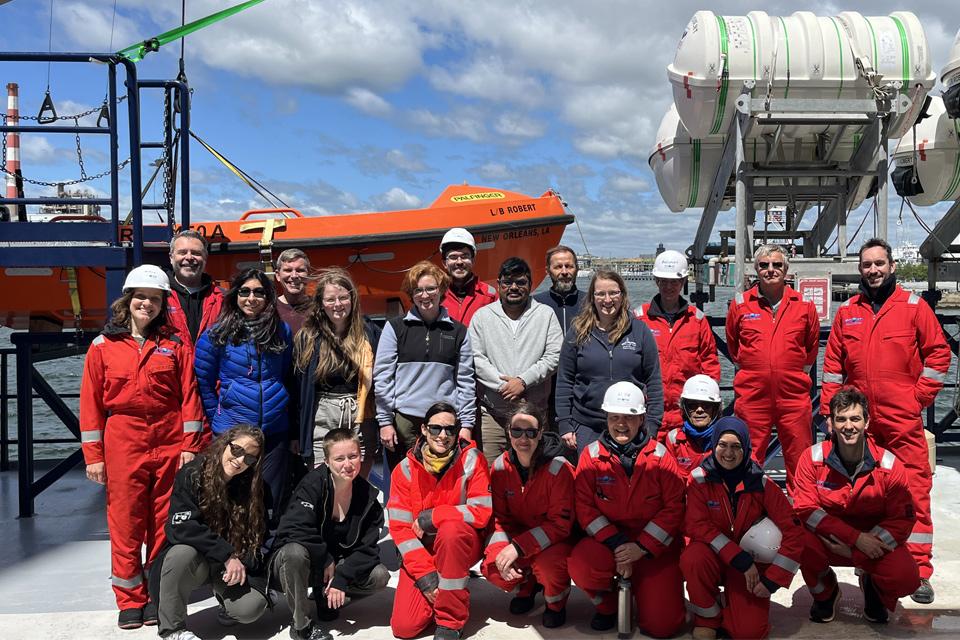
BGS scientists join international expedition off the coast of New England
20/05/2025
Latest IODP research project investigates freshened water under the ocean floor.
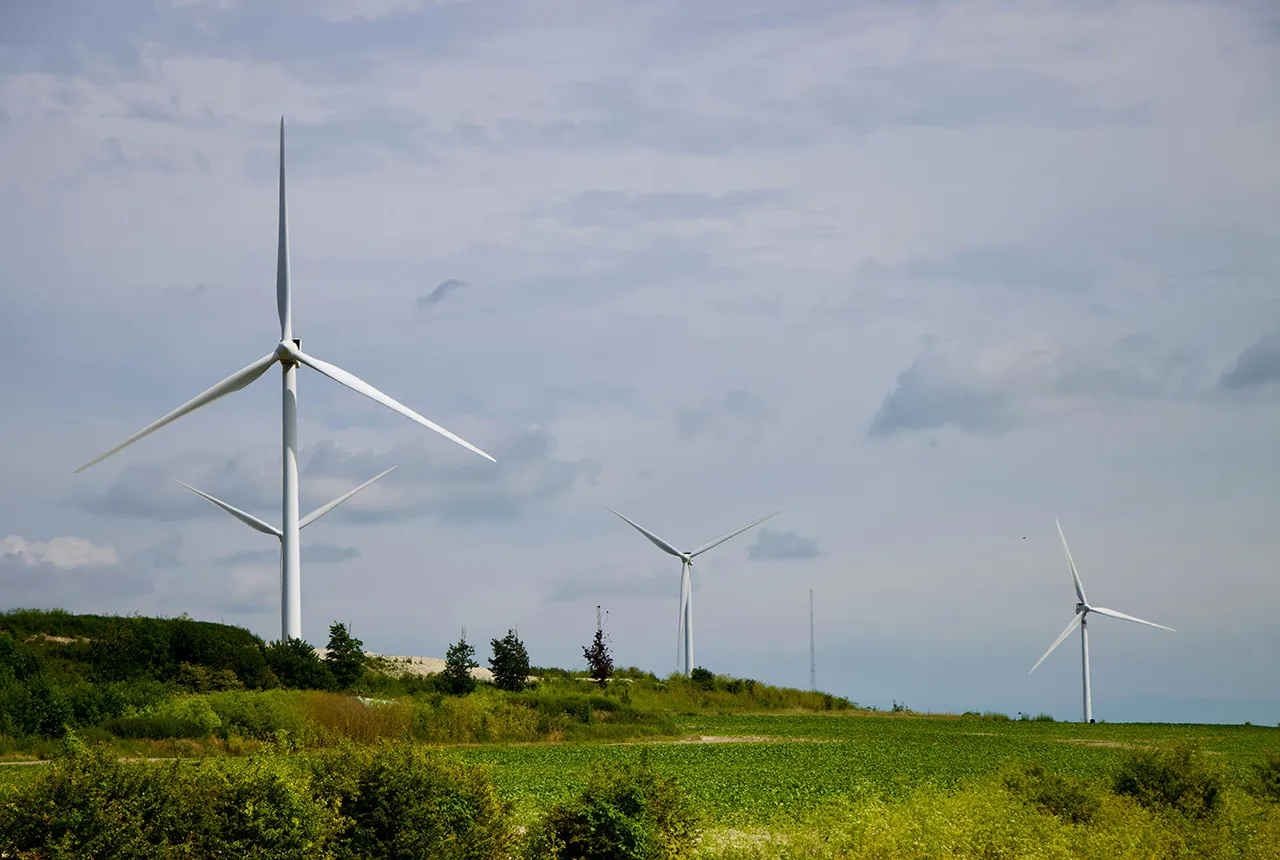
New interactive map viewer reveals growing capacity and rare earth element content of UK wind farms
16/05/2025
BGS’s new tool highlights the development of wind energy installations over time, along with their magnet and rare earth content.

UKRI announce new Chair of the BGS Board
01/05/2025
Prof Paul Monks CB will step into the role later this year.


